Up until recently, conventional wisdom dictated that drinking at work probably wasn’t a winning strategy.
This went for both employees and their employers.
For the buttoned-up, paternal corporate cultures of the 1980s and 90s, alcohol was too risky a proposition, a potential HR minefield where the scant benefits rarely outweigh potential costs.
For employees, office drinking was strictly taboo, often perceived as a lack of discipline or sign of a troubled life at home.
But there’s good news for all you lovers of office libation – boozing in the office is back in fashion.
Promo:
Meet the modern wine subscription that puts your palate to the test. Pinot lover? Sauvignon sipper? Not sure? Winc makes it super easy to discover wines and non alcoholic wines you’ll love (to accompany the snacks you can’t live without). Take their palate profile quiz and they’ll pair 4 bottles of wine to your taste preferences and ship them right to your door every month. Try Winc for yourself with a SnackNation readers special and enjoy 35% off your first order, shipping included!
Drinking on the Job – A (Blurry) History
Office drinking surely had its heyday in the male-dominated work cultures of the 1950s and 60s. This is the Mad Men era, filled with marathon business lunches featuring multiple rounds of Old Fashioneds, Manhattans, or Dirty Martinis. Bleary-eyed executives lurched back to the office seeing double, and a nip of scotch in the afternoon helped stave off the shakes at the end of the day.
Starting in the 80s and 90s, attitudes began to change. Most business historians note that this shift happened to coincide when congress downsized the business meal and entertainment tax deduction, first in 1987 and then again in 1994.
(In other words, drinking at work mysteriously became forbidden as soon as Uncle Sam stopped subsidizing office booze bills.)
But in the last decade or so, there’s been a resurgence of office drinking culture.
This rebirth is largely the result of the cultural influence of Silicon Valley. These self-styled “disruptors” were intent on upending the established way of doing business, not just with new models and technologies, but with new or altered organizational norms.
All in all, the result has been more lax attitudes towards sipping the occasional adult beverage at work across all industries. But that’s not to say the modern workplace is an alcohol-soaked free for all.
As an employee, you have to decide, how much indulgence is acceptable, and do the benefits outweigh the risks? Likewise, companies have to make a similar calculus. What does a lax alcohol policy add to your culture, and what potential pitfalls must you consider?
Luckily, we’re here to help.
Benefits of Booze at Work
Alcohol is neither the devil’s fire water to be avoided at all costs nor a panacea for a lackluster company culture, but it can play a role in your organization. Here’s why you might consider loosening your standards on drinking at work.
Team Bonding
Alcohol has long been acknowledged as a social lubricant. When enjoyed in moderation, it has a tendency to lower our inhibitions, which can lead your team to form new relationships and forge new bonds. These bonds in turn result in a more engaged team.
Recruitment and Retention
As noted above, Silicon Valley startup cultures have created an expectation of a “fun” office environment. In house kegerators, happy hours, virtual alcohol tastings, beer pong tournaments are becoming more rule than exception in competitive industries.
Millennial employees especially expect an office culture that allows them to be their true selves at work. They reject the idea that they must adopt a “work self” separate and distinct from their actual personality. And if that means throwing back a few cold ones now and then at their desk, they believe that they should be allowed to do so.
So when industries compete for top talent, some degree of alcohol tolerance is considered a baseline expectation.
Integrating the occasional beverage into your culture doesn’t have to be limited to the in-house happy hour or on-site kegerator.
Creative agency Colle+McVoy created a novel way to ensure their employees accurately tracked their time, designing a kegbot that dispenses ice cold beer only if the employee has an up-to-date timesheet. You can also plan virtual happy hours for teams in your organization who consist of remote employees or are spread out between multiple offices.
Pro-Tip: Many teams are now electing to send employees a virtual happy hour cocktail kit and other alcohol-themed gifts as a great way to responsibly drink at bonding events from the comfort of their own home.
A Sign of Trust and Respect
Weaving in adult beverages into your office culture also has another advantage – it sends a message that you trust your employees to act like adults.
Employees don’t want to feel like your leadership team or HR department is acting like a cop or parent when it comes to their behavior. Trusting them to know their own limits and partake in the occasional in-office drink helps do just that.
And a funny thing happens when you expect the best out of your employees – they generally rise to meet your high expectations.
Employee Rules of Engagement
Ok, so your company just announced regular Friday happy hours and a beer pong tournament next Thursday. Time to rage, right? Not so fast. Here are a few guidelines to help you participate in the festivities and still keep your job.
Stick to Beer
Why beer? Because with an average alcohol content of 4-6%, beer should enable you to remain in control of your drinking – which is really the goal here.
Compare that to wine, which contains 11-13.5% alcohol by volume, or spirits like vodka and whiskey (both around 40% ABV).
Of course, the craft beer boom means an influx of high gravity brews. Make sure you check the label on that trendy craft beer, because it might actually have an alcohol content of 8% or more, making those two drinks feel like four.
Know Your Limits
A two drink max is a good policy for just about everyone, but alcohol affects everybody differently.
If, for instance, you know that you’re basically still yourself after one drink, but things get dicey after drink number two… maybe just stick to the one.
You want to avoid intoxication at all costs. Ever woken up the next day after a night of heavy drinking and thought to yourself… “Ugh, what did I do to embarrass myself this time?”
Now imagine that same scenario, but throw your boss or co-workers into the mix. Get the point?
Eat
One rookie mistake is to drink on an empty stomach. Downing hooch without food is a recipe for disaster.
It’s not just an old wive’s tale. A 1994 study that compared those who fasted before drinking with those who ate a modest breakfast found that subjects with food in their system had a slower rate of intoxication and a 70% lower blood alcohol level.
Never Drink and Drive
This one should go without saying, but it’s still too common of a problem.
Just don’t do it! Either appoint a designated driver or take an Uber or Lyft. The risk (to yourself and others) just isn’t worth it.
Don’t Pressure People
You might be surprised to learn that there are many people out there who simply choose not to partake. (Shocking, I know.)
Whatever the reason for their teetotaling ways, there’s a good chance it’s pretty personal. So if someone declines a drink, leave it at that. Don’t treat them like an oddity or press them on it if it seems like they’d rather not get into it.
(In all likelihood, this person has had to had to deal with the same annoying questions over and over and again, and is sick of having to justify something that really isn’t that a big of a deal.)
So there you have it. All you really have to remember is that common sense rules the day. You want to be relaxed and social without veering into darker territory. So be respectful of your coworkers, know your limits, avoid intoxication, and NEVER drink and drive.
What are some innovative ways your company allows alcohol in the workplace? Let us know in the comments below.

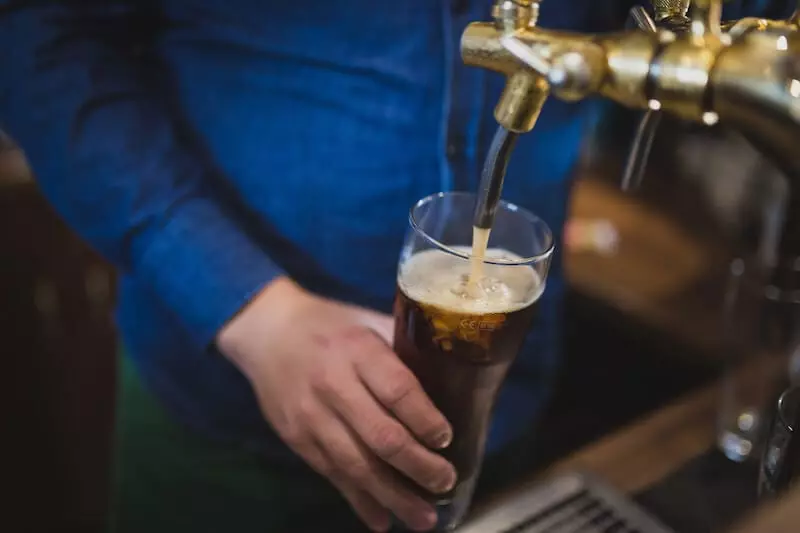
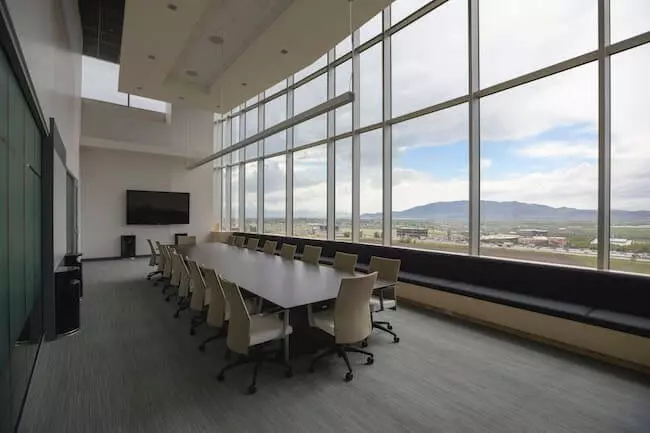
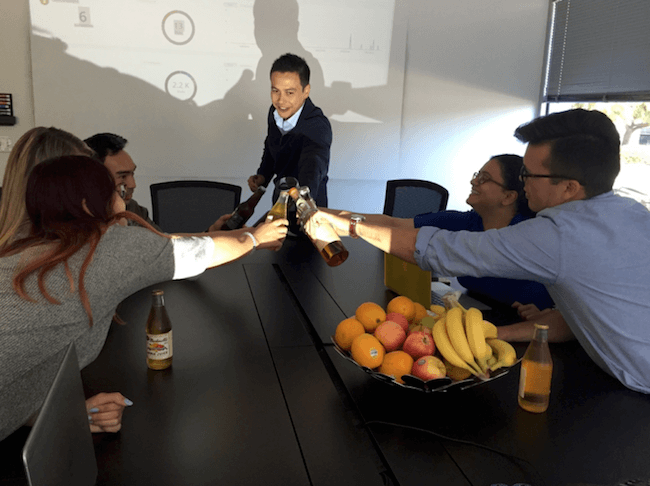
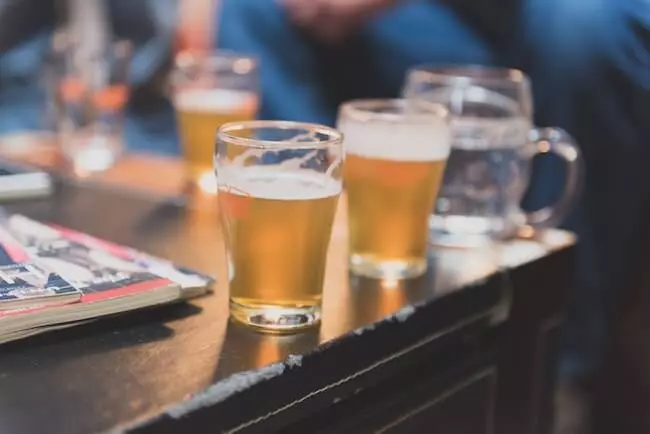
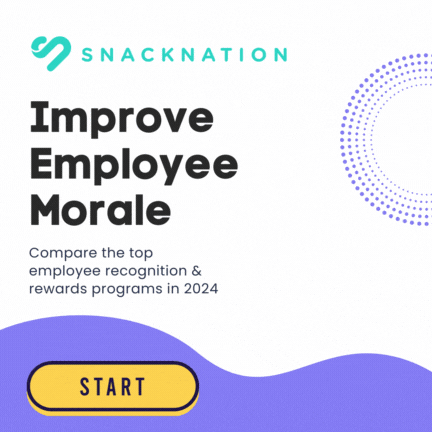






Great article! Yes, if you offer beer at work, make sure to include food.
Thanks!
I’ve always said, “drinking is not a culture” when folks defaulted to constant happy hours to keep Employees happy. There ARE other options, and it definitely leaves sober Employees out of the loop (they DO exist!) Always include food and keep it simple, but also know there are other types of perks to offer.
Good point – not EVERYONE likes to drink, for any number of reasons. It’s a good idea to make sure your gatherings are fun even without booze. Thanks for the comment!
I think alcohol in the workplace can be a great thing as long as you have responsible employees. It is a great tool for team bonding and a Friday happy hour gives the team something to look forward to together as the week goes on.
I agree! It’s all about setting expectations and enabling employees the chance to prove themselves responsible. The benefits tend to outweigh the risk (in most cases).
We’ve adopted Beer and Wine as a normal part of our Socials as well. I’m not a drinker, but I go and have some sparkling water and a bite to eat. We have a code of conduct that we remind employees about, and yes, sometimes we need to call an Uber, but overall our employees hold themselves well 🙂
Great point – a code of conduct is really smart. Thanks for sharing!
Great insights. Glad to know we’re adhering to the suggestions listed and making sure our office is both safe and fun! 🙂
That’s what it’s all about!
I’d love to have this at our office!
You can always show your team this article and make the case! 🙂
We have “Beer-thirty” and “Wine o’clock” at my office. We were acquired by a large corporation last year. They don’t have the same “happy hour” culture that we have. Funny thing is, while our parent company has allowed us to keep ALL of our culture, and they are itching to adopt our happy-hour, there are some who have worked for our small company for years – who are trying to assimilate to the “non-happy-hour” culture of our parent company. I’ve been the office manager for a year and a half. And in the last two years (at least), there have not been any alcohol related incidences. We also have company sponsored happy-hours outside of the office where the company will pay for one or two drinks. After a certain time limit, the director closes the tab (whether or not you got your two drinks) and leave to limit any company responsibility of anybody over-drinking.
That’s a really interesting dynamic between the parent company’s culture and the smaller, more startup-like culture you started with. Happy hours and Friday afternoon beers are more common at smaller companies, and the bigger orgs tend to shy away from it. Thanks for sharing – and love those happy hour names!
We have onsite happy hours, however they’re towards the end of the day, for a duration of time, and always have food available; we believe our employees are responsible enough to know their limit.
Nice – yep, food is always a must! Thanks for sharing, Dawn.
I can tell you that here at Citizen we are a booze free environment and people in the upper management are the ones that made it that way. Both our CEO and CAO implement an alcohol and unhealthy behavior at the office so everyone here is mostly on the same page. But sometimes we do happy hours but it is rarely, but it happens.
That’s interesting, thanks for sharing Daniella! Sounds like that works for your culture, and that’s really what matters.
This is all just common sense really.
We have events throughout the year at the office and away where beers / wine are brought in. But I guess people just know how to act and it isn’t a big problem. We do have our family summer event where alcohol is not important, usually at a sports venue, so if the employee wants it, they can purchase it themselves, but it is not provided or paid for by the company. Our Holiday party is a different story, the company picks up everything and in the 5 years I have been here and in charge of all parties / employee entertainment, we haven’t had a problem with anyone over-doing it.
It is great blog post about drinking at work. Helpful and informative tips. I like it. Thanks for sharing these information with us.